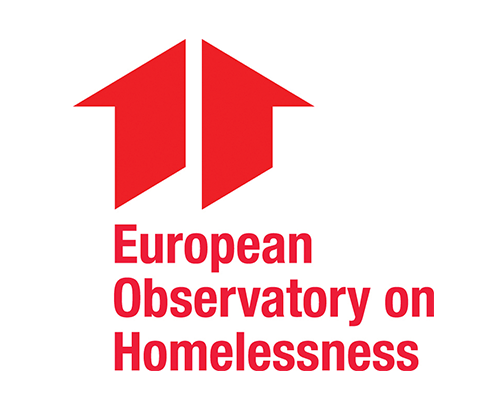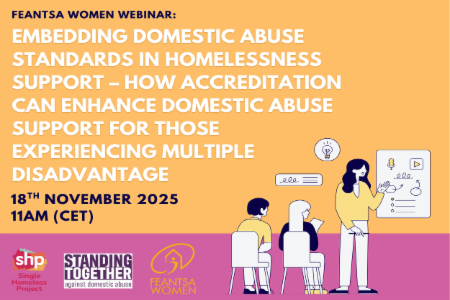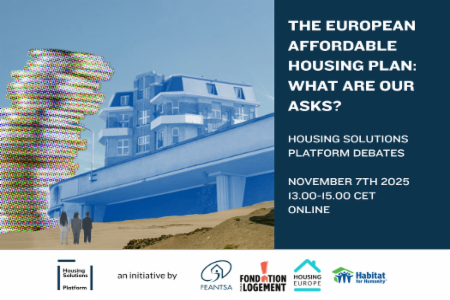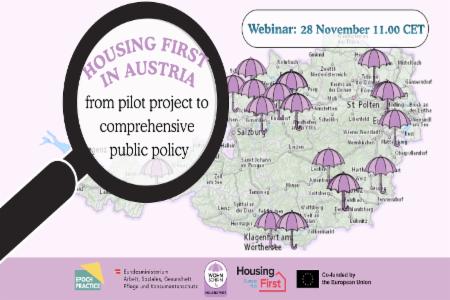Comparative Studies on Homelessness 10: Staffing Homelessness Services in Europe
Read the full publication here
Overview of the Research
This research was designed to explore staffing practices in services for homeless people across Europe. The study is part of a series of comparative research reports, also exploring the range and extent of homelessness service provision1 and the regulation and quality of homelessness services across Europe. Staffing practices include how many staff work in services of different types, staff to service user ratios, staff qualifications, whether staffing levels are sufficient and the challenges that homelessness services can face as employers. The focus here is on services that directly provide accommodation, ranging from emergency shelter and congregate supported housing with on-site staffing, through to the provision of ordinary, self-contained housing arranged by housing-led and Housing First services using a mobile support model. It is recognised that many services, including preventative services, day centres, food distribution services and outreach services play an important role in helping reduce homelessness and the impacts of homelessness. These services have not been included in this analysis for two main reasons. First, the nature and extent of services is highly variable, so for example a few countries have extensive preventative services while others have little or no homelessness prevention in place. Second, some services, such as food distribution, can be entirely or largely reliant on volunteering, which means they do not have ‘staff’ in the sense of paid personnel who are employed, but operate on an informal basis3. This study focuses on the following kinds of homelessness service:
- Services with low intensity support offering temporary/emergency accommodation for roofless persons (e.g. emergency shelter).
- Higher intensity support services for homeless people with complex needs offering temporary accommodation (e.g. homeless hostels and supported housing) with on-site staffing.
- Mobile support services using ordinary housing (e.g. housing-led/first
services).
By focusing on these services, the research examines specific aspects of homelessness in Europe, i.e. these were services that were more likely to encounter lone adults with high and complex needs, people who may be atypical of the experience of homelessness in some areas of Europe. In some Nordic countries, such as Denmark and Finland, extensive social protection/welfare systems, universal and well-funded public health and, comparatively, extensive social housing provision appear linked to low levels of homelessness for purely socioeconomic reasons. Within these countries, long-term and recurrent homelessness linked to high and complex support needs forms a significant element of homelessness. Elsewhere in Europe, homelessness generated by both poverty and social factors which particularly include domestic violence and abuse, which is not strongly associated with high and complex support needs is more common. These groups, including homeless lone parent families and individuals and households experiencing shortterm or transitional homelessness may not have contact with these forms of homelessness service, or only short term contact, because their main need is housing, some self-exit, others may be helped by preventative and rapid rehousing systems, like those in Finland and the UK, rather than having recourse to the kinds of homelessness service covered in this report.

.png)



